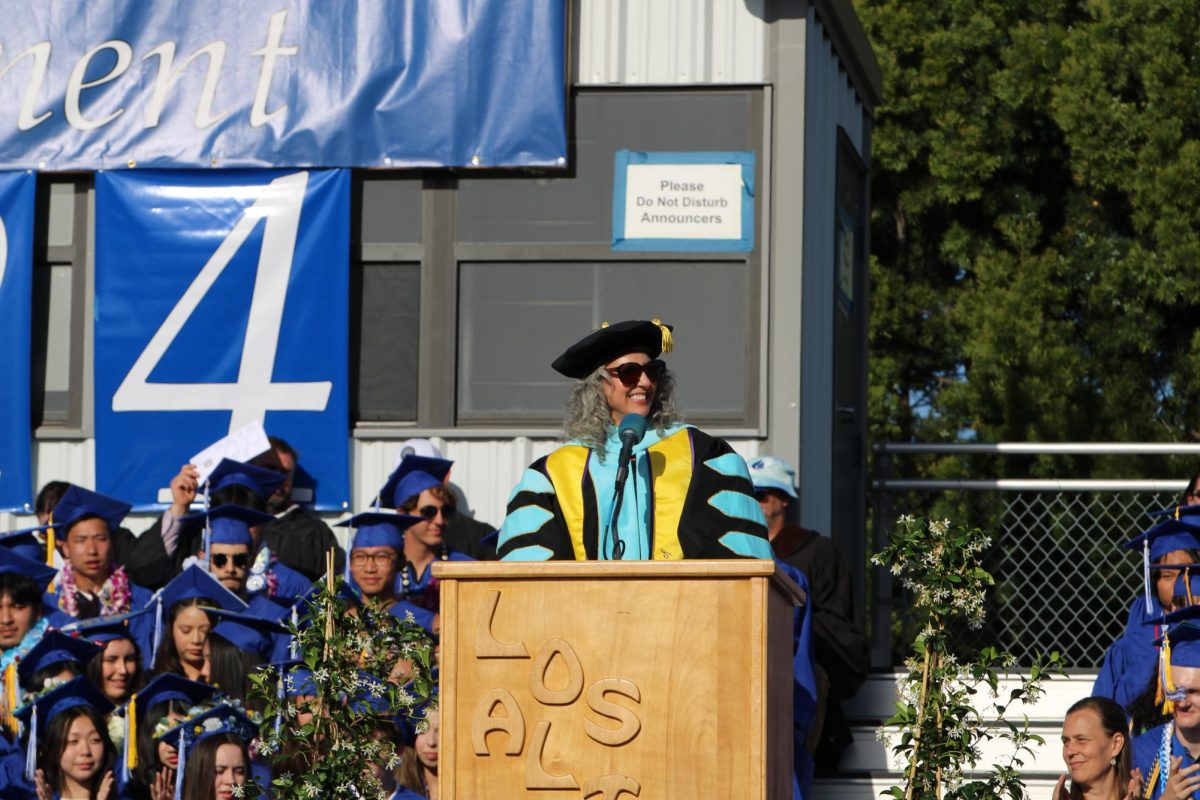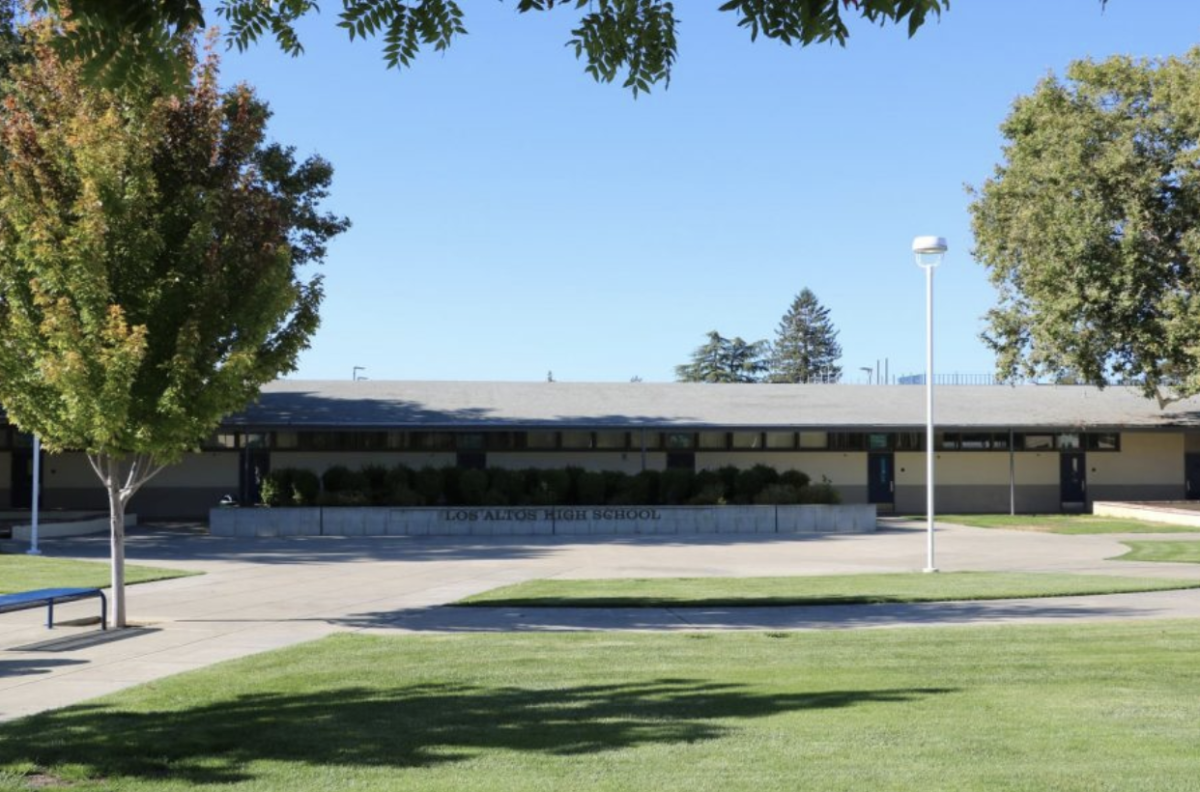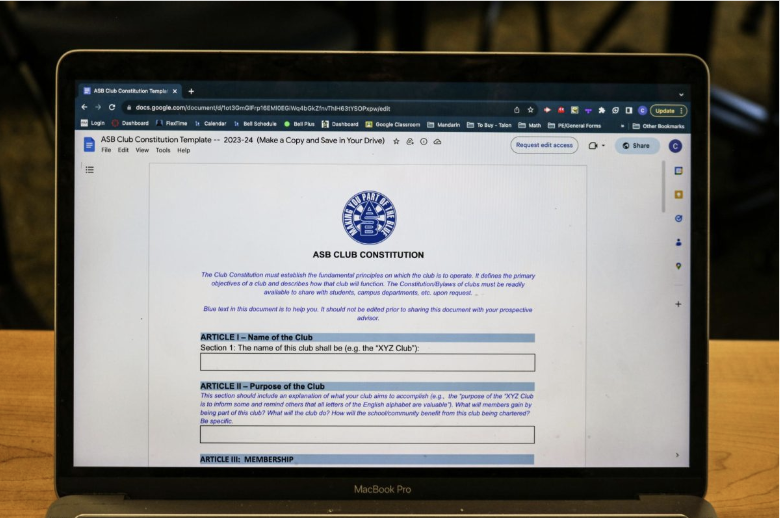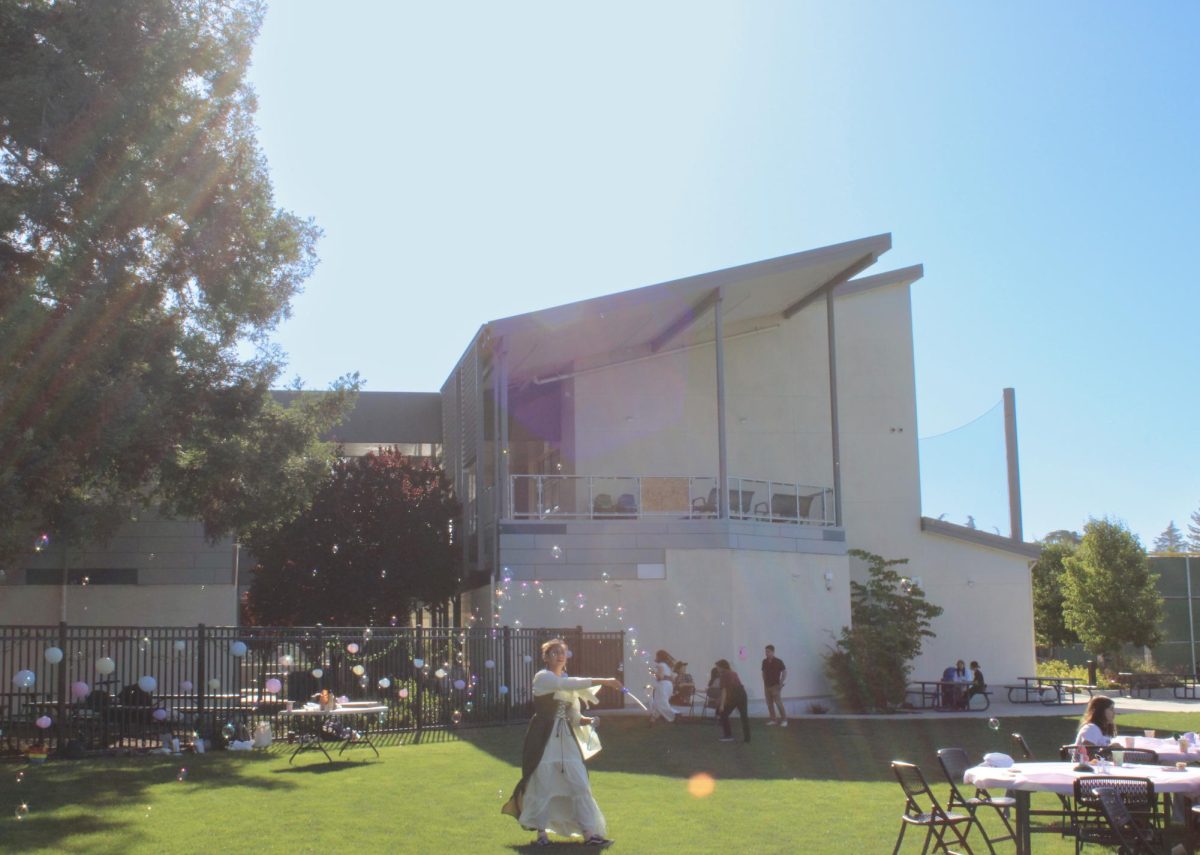Hour of Code
From December 9-13, Los Altos High School successfully participated for the first time in Code.org’s annual Computer Science Education Week. On different days during their math classes, students spent one hour learning computer programming from Code.org’s online tutorial that featured characters from popular app games such as Angry Birds and Plants vs. Zombies. In a world where technology is playing an increasingly important role, Computer Science Education Week was designed by Code.org to emphasize the importance of students in grades K-12 learning programming. At Los Altos High School, a group of six teachers led the event: Jeanne Yu, Danielle Paige, Michael Richardson, Megan Marshall, Joanne Miyahara, and Shelley Carranza.
“First of all we wanted [students] to have fun,” Yu said. “And for students who had no experience at all, sometimes they may feel intimidated by just the name, ‘computer science’ or ‘computer programming’. So we wanted them to know that it’s something that everyone can do…we wanted them to have experience in it so that they know it’s possible and it’s enjoyable, too.”
A myriad of well-known educational websites and universities–Khan Academy, Stanford and MIT, to name a few–either posted or sponsored a tutorial on Code.org’s website. For Hour of Code at Los Altos High School, students used Code.org’s own tutorial.
Students started out with a stage called “The Maze”, which was comprised of 20 levels, or “puzzles”. Famous computer scientists such as Mark Zuckerberg and Bill Gates explained various coding concepts through videos embedded between puzzles. In order to move on to the next puzzle, students had to complete the coding task set out in the previous puzzle that utilized newly introduced concepts. Along the way, students earned virtual trophies that represented their mastery of certain programming principles.
After finishing the Maze, students progressed to higher stages with more puzzles, such as the Artist, the Artist 2 and the Farmer. Each stage focused on specific concepts introduced in previous stages or puzzles.
“I think [Hour of Code] is really cool,” junior Ryan Wong, who took AP Computer Science as a sophomore, said. “I watched some Hour of Code videos and it gives good examples and introductions for programming.”
With its simple breakdown of computer programming principles and fun interactive puzzles, Code.org certainly achieved its goal of introducing coding to students of all ages.
“Hour of Code was more meant to just get people experienced and see what coding is,” Ryan said. “It gave a good experience for those who wanted to start programming.”
Despite Code.org’s success in making computer programming accessible to everyone, it fell short in challenging students with more programming experience.
“We had a lot of kids that knew what they were doing and they were a little bit bored with the Angry Birds tutorial,” Yu said. “Even if you skip to level 20, you want more challenging projects. And I don’t think they reached that level in the type of tutorials that were offered on Code.org.”
The school is uncertain if Hour of Code will become an annual event, saying that it all depends on whether or not Code.org plans to continue offering computer programming tutorials on its website.
“If they do it again, I’m sure we will too,” Yu said.
Showcase Event
On Wednesday, December 11, the school hosted an after-school event known as the Showcase Event in room 723 to offer students additional computer science activities and challenges.
“It was a huge success and tons of programmers and teachers came and helped out,” Yu said. “And thanks to the students who came out and made it awesome.”
A total of 150f students attended, overflowing into four other classrooms around room 723.
“It was great just to see everybody taking part in computer science,” Yu said. “I think the students were really excited.”
Students who were just beginning with coding continued with the Code.org tutorial started in their math classes while students with more programming experience had the option of either choosing to do another tutorial or taking part in the analog clock app challenge. Collaboration was a trend observed in nearly all the classrooms.
“The energy of students helped bring other students together,” Yu said. “[The students] also had support from teachers and programmers…they got to see role models walking around whereas at home, that’s more independent.”
At the end of the hour-long event, students were provided with pizza, water and five raffle tickets. Raffle prizes included two Nexus tablets, two Google gift cards, eight take-home pizzas, various gift cards and Los Altos High School souvenirs such as flash drives and keychains.
With the Showcase Event, the school hoped to grant advanced computer science students an opportunity to meet other students who shared the same passion for programming.
“They’ll be able to find a community of other programmers that they can talk to because right now, a lot of the experienced programmers at our school are kind of hidden and they’re not really talking to each other,” Yu said. “And it’d be great for them to network and collaborate [on projects].”
But most of all, both Hour of Code and Showcase Event ultimately intended to expose computer science to the general population of students, the majority of whom had never had a chance to try out programming.
“Most people don’t get a chance to ever try it out, so they have no idea whether they would actually like it or be good at it,” AP Computer Science and Multivariable Calculus teacher Michael Richardson said.
Indeed, some students have found a new interest in computer programming from Computer Science Education Week.
“The showcase event definitely made me want to start programming because seeing how all these games are done by code [made me think that] it would be a really valuable skill if I could program games like these,” sophomore Selynna Sun said.
Other students have realized the magnitude of computer science in the modern world.
“The jobs of the future are going to be with computers,” freshman Joey Hegna said. “And because of that, everyone is going to need to learn to code a computer so that they can [know] the language of computers and contribute to the future.”








